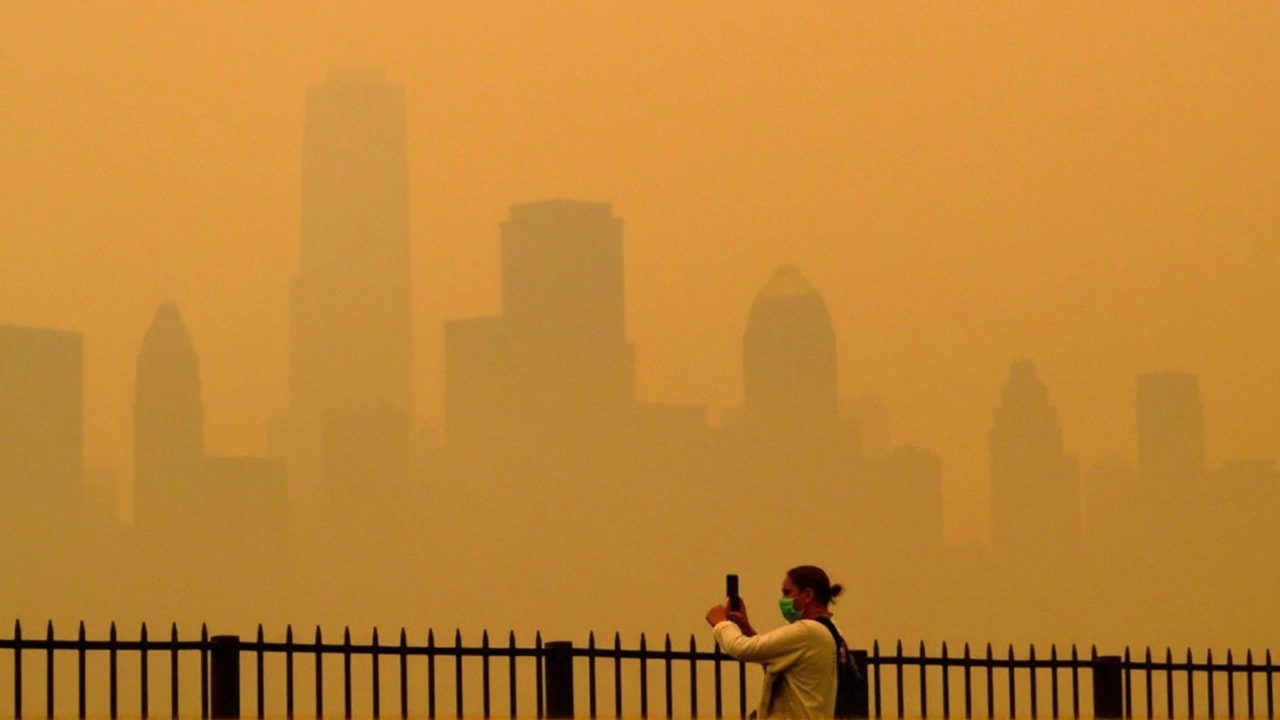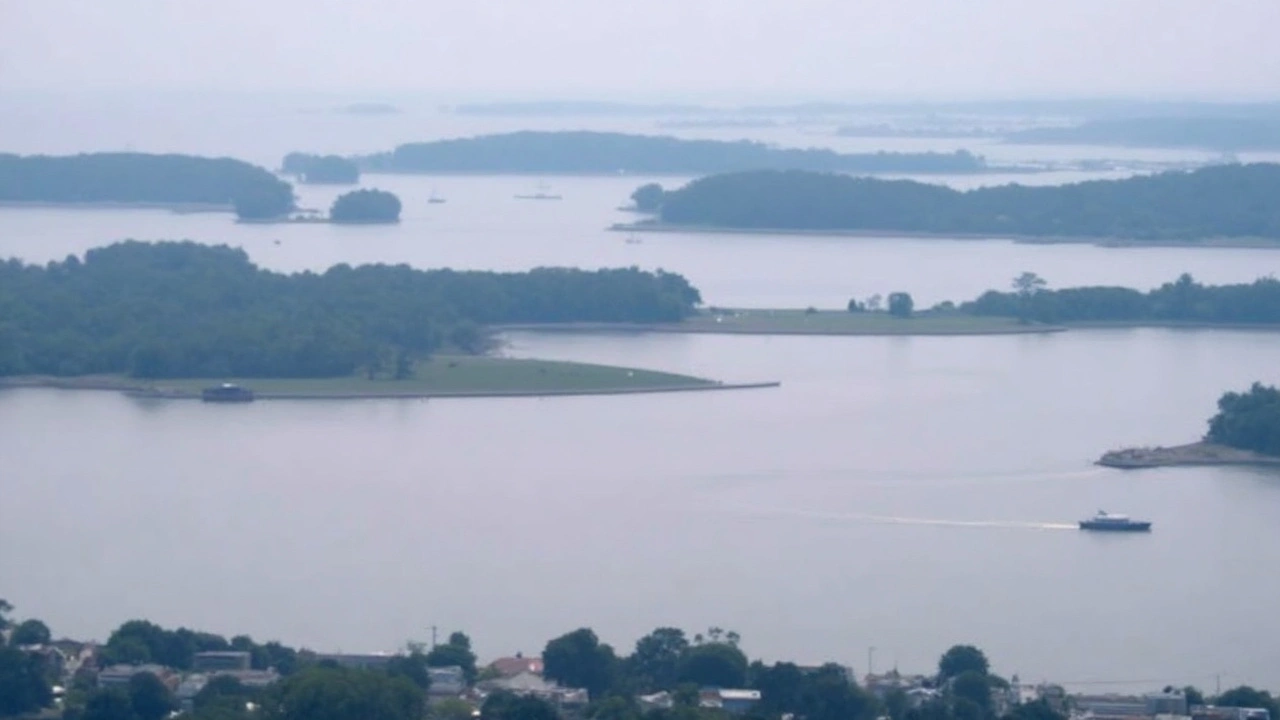Hazy Skies and Health Warnings: Canadian Wildfires Disrupt Daily Life in New York
If you felt the air sting your lungs in New York this summer, you’re not imagining things. A thick cloud of smoke from relentless Canadian wildfires has drifted down across the border, putting millions throughout New York State on edge and sparking waves of official warnings.
It started back on June 6, 2025, when Governor Kathy Hochul sounded the alarm. Air Quality Health Advisories popped up for places that usually enjoy clean summer breezes—think the Adirondacks, Eastern Lake Ontario, and Western New York. The culprit? Elevated particles in the air called PM2.5—tiny bits of soot and ash that burrow straight into your lungs from burning trees hundreds of miles away. Usually, these particles aren’t a big worry, but when wildfires rage non-stop, it’s a whole different story.
Pretty soon, the polluted air didn’t care for upstate boundaries. By June 12, health advisories stretched south and east, adding Long Island, New York City, all the way to Rockland and Westchester, and way up into Dutchess and Ulster counties. Not only did PM2.5 stay high, but dangerous ground-level ozone joined the mix, especially with summer heat cooking pollution closer to where people breathe.
New York’s Department of Environmental Conservation (DEC) doesn’t take these warnings lightly. They’re watching over 50 air monitoring sites, crunching meteorological data to predict when the next gust of unhealthy air will sweep in. When their sensors spot pollution pushing past an Air Quality Index of 100, they let everyone know. That’s the line where it moves from ‘take it easy’ to ‘this could hurt your health’—especially if you’re older, have lung problems, heart disease, kids, or are pregnant.

From the Adirondacks to NYC: How Residents Are Coping
New York City didn’t escape the worst. Residents in all five boroughs looked up to smoky skies and a sun tinged weirdly orange. On some days, simply stepping outside meant breathing in air akin to an indoor smoker’s lounge. In early June, the haze was so thick that it even made news across the world. The city’s pulse changed, as people were urged to close their windows, run their AC on full recirculation, and avoid outdoor exercise, especially when ground-level ozone surged. Emergency rooms noticed a spike in asthma cases—public health officials wasted no time reminding folks of a similar health crunch during the 2023 wildfire season.
Daily routines got a real shakeup. Health authorities pushed out common-sense but vital tips: stay indoors as much as you can, grab an air purifier if you can get your hands on one, and wear an N95 or KN95 mask if you’re heading out—yes, those pandemic masks still come in handy. If your apartment gets too hot or stuffy (remember, New York summers love an 85°F day), cooling centers and public spaces with filtered air became lifelines for countless people, especially the elderly and those with chronic illnesses.
Behind the scenes, state agencies moved into action mode. The DEC and Health Department made sure everyone knew about the state’s Extreme Heat Action Plan, meant to prepare for these climate-driven events that are starting to feel less like rare spikes and more like the new summer normal. By late July, the air still felt heavy. Smoke was a frequent visitor, not just a weeklong blip. The advisories held strong because the fires up north kept blazing. For New Yorkers—including kids attending summer camps and parents worried about every breath—the 2025 wildfire smoke emergency is now part of the city’s lived memory.
If you’re waking up to another hazy sky, it’s not just bad luck. The journey of smoke from Canadian wildfires to your front steps is a lesson in how climate and weather in one place can hit health and comfort thousands of miles away. Sometimes, even the air you breathe depends on what happens far beyond what you can see.
